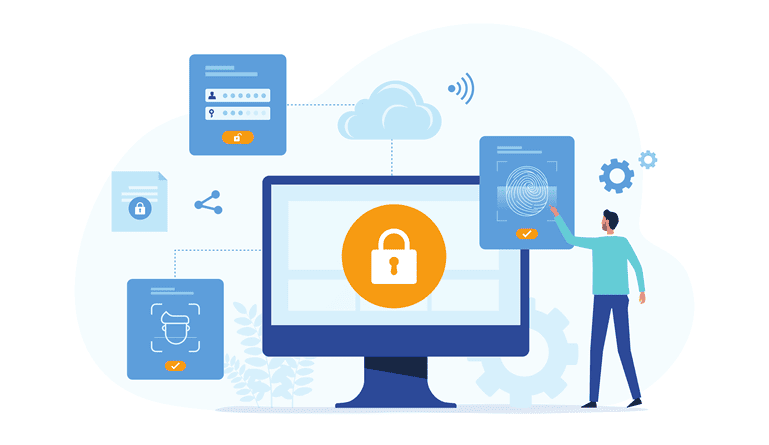Maps help us get where we’re going. Having a destination and directions along the way is the key to a successful journey. This is true for just about anything, whether it’s road trips or business decisions. Automating business processes has the potential to increase your business productivity and efficiency, but it’s important to map out this undertaking first. Automation is complicated and requires a lot of planning, communication, and testing throughout the process.
How to get better business results with an automation roadmap
Here are some things to consider as you built your automation roadmap and guide your automation efforts.
1. Decide on your goals
This will be a multi-step process. It’s important to define the results you want to see from your automation results. Your business will need to do some research on the potential benefits of implementing automation and then outline the results your business would like to see from implementation. The most important things to consider when defining your automation are timeline towards results, as well as specific, trackable outcomes – 50% more productivity in marketing endeavors over 3 years is a better goal than “better productivity.”
2. Get buy-in
The push for automaton can start anywhere. Any department or business unit can see the need and begin petitioning for process updates through automation, but creating buy-in in the overall organization is key. Leadership, IT, HR, and the managers from the groups that will be affected by automated processes should all have a say in the development and implementation.
3. Define the parameters
An automation roadmap needs to have an understanding of how to meet the goals – or reach the destination – set in front of it. So what needs to happen for your business to reach its goals? What areas will be affected and how? Defining what processes you want to implement, for instances, is crucial. Saying you want to run “marketing automation” doesn’t really help your business, but understanding the ROI on being able to automate marketing emails and some lead generation activities gives you parameters to start your implementation work. Additionally, saying you want to automate HR isn’t especially helpful at the granular level, but working to automate hiring and recruitment can be a great first step.
4. Begin implementation
Once you know how to get where you’re going, you can start walking. Automation implementation can take a good investment of time, money, and effort, so it’s okay to start slow and just begin in one area, slowly scaling as progress is made. To begin automation implementation, you’ll need to not just have your goals and processes defined but also have decided on an implantation partner or program. The right automation software developer or vendor is one that can help you meet your goals and work with you from the beginning to understand what your business needs. Back-end support is also crucial to a successful implementation.
5. Test
Once your automation has gone live, it’s important to watch your processes to make sure that not only are they running right, but that they’re moving you towards your goals. Work with your IT team, automation software vendors, and team leaders to help make adjustments that can align your progress and ensure that you’re tracking towards your goals. Missteps can happen at any stage in the process, so monitoring your progress, even if you’ve solidly planned, is an important step in your journey.
Automation roadmaps are key to ensuring a meaningful automaton strategy. Preparing an automation roadmap takes some time up front, but can move your business closer to achieving the productivity, efficiency, and time and money saving goals that drove you to seek automation in the first place.





